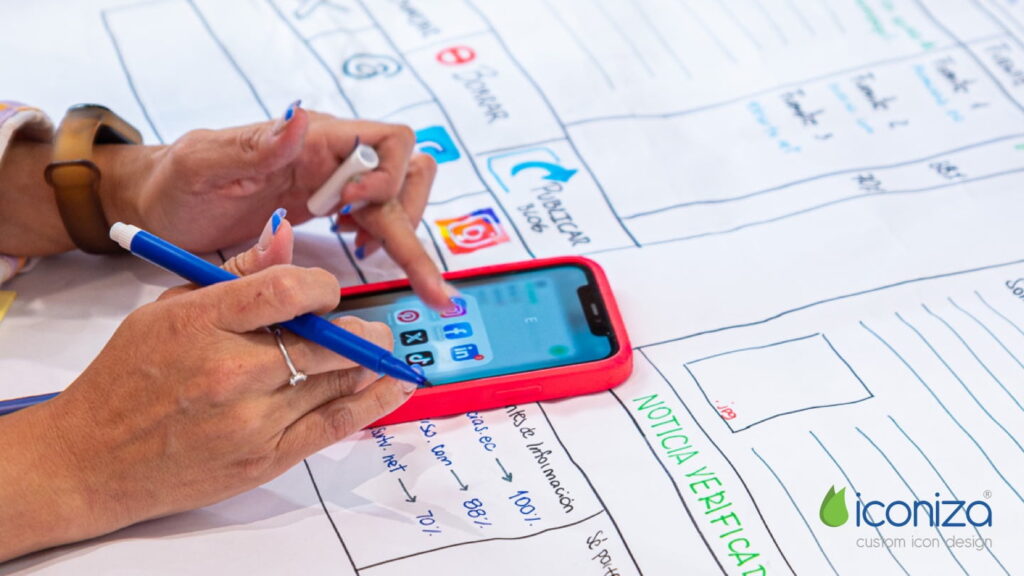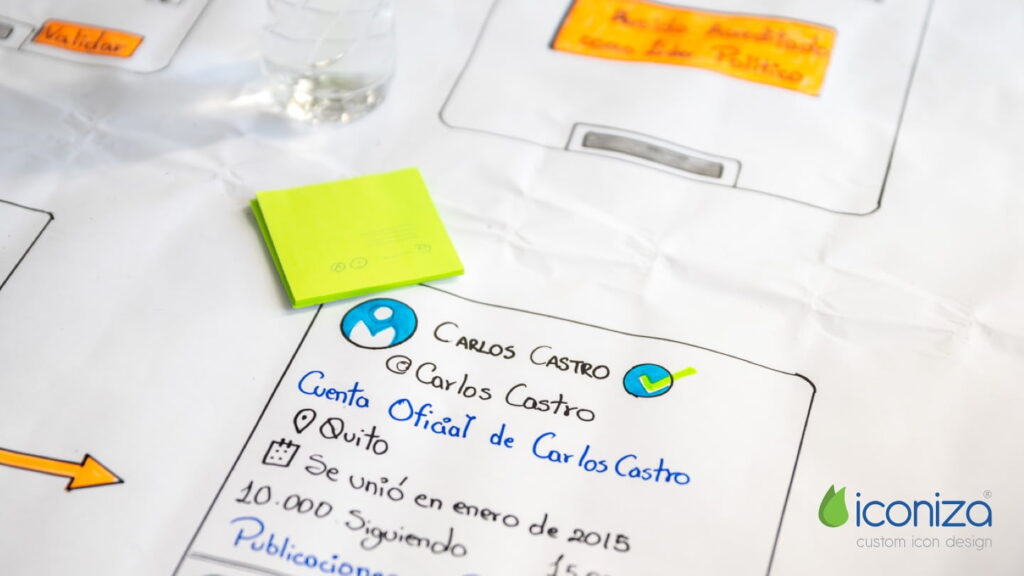In today’s oversaturated digital landscape, capturing user attention and fostering loyalty requires more than just a dazzling product idea. The key lies in crafting an exceptional user experience (UX), and the user interface (UI) serves as its frontlines. For project managers and developers, prioritizing a well-designed UI is no longer a “nice to have,” it’s a strategic imperative.
This article delves into the undeniable impact of a great UI, backed by compelling user experience research, and explores emerging trends that further elevate its role in the success of your digital product.
Understanding the User Experience Landscape
Before delving into the nuances of UI design, it’s imperative to grasp the broader context of user experience. UX encompasses every interaction a user has with a product or service, from the moment they first encounter it to their ongoing engagement. It’s about understanding user behaviors, needs, and pain points to create seamless and enjoyable experiences.
The Crucial Role of User Interface Design
At the heart of the user experience lies the user interface – the point of interaction between the user and the digital world. A well-crafted UI serves as a bridge, guiding users through an app or software with clarity, efficiency, and delight. But what makes a UI truly exceptional?
- Intuitive Navigation
One of the cardinal rules of UI design is to keep things intuitive. Users shouldn’t have to think twice about how to navigate through an app or software. Clear hierarchies, familiar patterns, and logical flows are the building blocks of intuitive navigation. - Consistency and Cohesion
Consistency breeds familiarity, and cohesion fosters trust. A cohesive UI maintains visual harmony across all screens and elements, ensuring a seamless experience that doesn’t leave users feeling disoriented or disconnected. - Accessibility for All
In an increasingly diverse digital landscape, accessibility is non-negotiable. A truly inclusive UI considers the needs of all users, including those with disabilities, by adhering to accessibility standards and providing alternative pathways for interaction. - Visual Hierarchy and Clarity
Effective UI design is all about guiding the user’s attention. By employing techniques such as visual hierarchy, contrast, and whitespace, designers can direct focus to the most important elements and enhance clarity and comprehension.
The Intersection of Art and Science
UI design is a delicate dance between creativity and analysis. While artistic flair gives a UI its personality and charm, data-driven insights provide the foundation for informed decision-making. By conducting user research, gathering feedback, and iterating based on real-world usage, designers can refine their UIs to perfection.

Embracing Trends and Innovations
As technology evolves, so too do UI design trends and best practices. From the rise of minimalist interfaces to the integration of immersive experiences, staying abreast of the latest developments is essential for keeping UIs relevant and engaging.
As technology evolves, so do UI trends. Here are some exciting developments to keep an eye on:
- Voice interfaces: Conversational UIs offer natural language interactions, enhancing accessibility and user engagement.expand_more
- Microinteractions: Subtle UI animations and feedback loops foster emotional connection and improve usability.expand_more
- Data visualization: Intuitive dashboards and infographics present complex information in a visually appealing and understandable way.expand_more
- Hyper-personalization: Dynamic UI elements adapt to individual user preferences and behaviors, offering a more tailored experience.expand_more
The Power of a Pixel-Perfect Interface
User experience research consistently highlights the crucial link between UI quality and key business metrics. Here’s a glimpse of the impact:
- Increased user engagement: A study by Forrester Research found that intuitive and aesthetically pleasing interfaces can boost user engagement by up to 200%.
- Enhanced brand perception: Nielsen Norman Group research suggests that positive first impressions heavily influenced by UI design can translate into stronger brand loyalty.
- Improved conversion rates: Clear and efficient UI layouts guide users towards desired actions, leading to higher conversion rates as shown by EyeWeb’s analysis.
- Reduced development costs: Investing in upfront UI research and design minimizes the need for costly redesigns and bug fixes later in the development cycle.

Conclusion
In the fast-paced world of app and software development, the importance of crafting a great UI cannot be overstated. By prioritizing user experience research, embracing design principles, and staying attuned to emerging trends, designers can create UIs that captivate audiences, drive engagement, and leave a lasting impression.